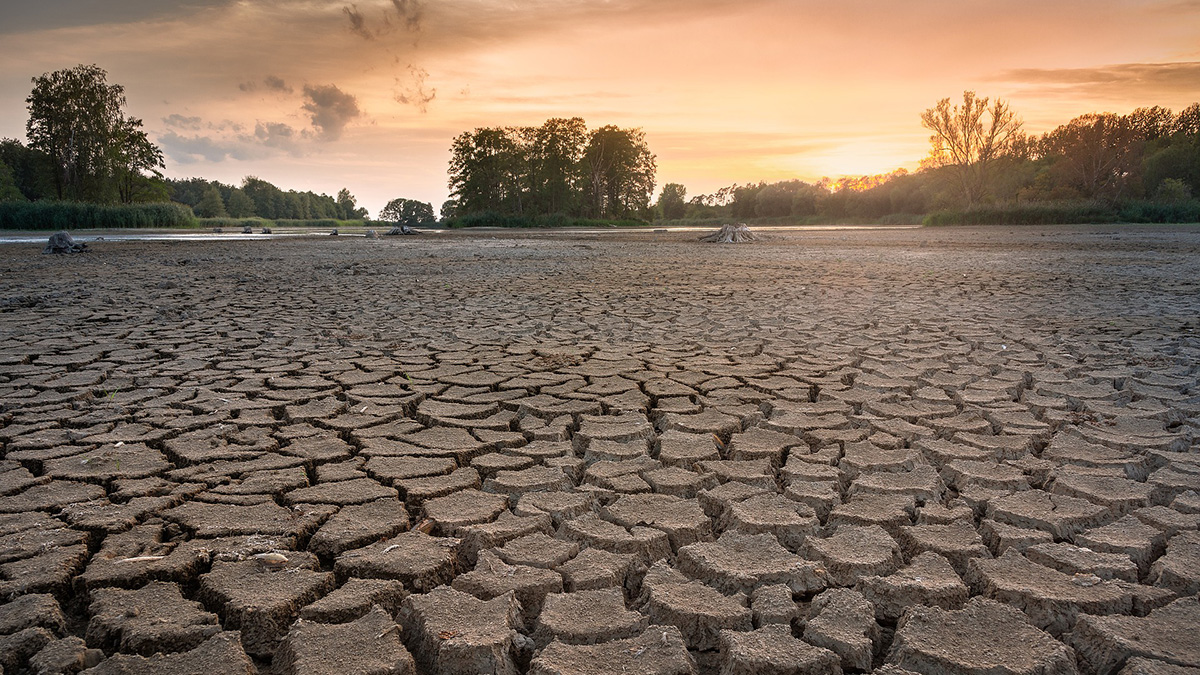Source: Earth’s Future
A translation of this article was made possible by a partnership with Planeteando. Una traducción de este artículo fue posible gracias a una asociación con Planeteando.
When soil moisture is low, evaporation is limited. The conditions of this moisture-limited regime can exacerbate extreme weather events, including droughts and heat waves. In a new study, Hsu et al. quantify how global warming affects soil moisture. Although climate change will dehydrate soil, they found, it is not clear how dry is too dry.
The team examined several Coupled Model Intercomparison Project Phase 6 (CMIP6) climate models and found that if carbon dioxide increased by 1% every year, after about 125 years, soils would dry and the world would become much more moisture limited. Still, the models disagreed on the threshold at which Earth would become a more moisture-limited system—a value called critical soil moisture. That threshold depends on myriad factors both on land and in the atmosphere.
Critical soil moisture has wide-ranging impacts on the water cycle, climate, ecosystems, and society. Getting a solid grasp on that value would improve climate models and paint a fuller picture of Earth’s future. (Earth’s Future, https://doi.org/10.1029/2023EF003511, 2023)
—Rachel Fritts (@rachel_fritts), Science Writer

